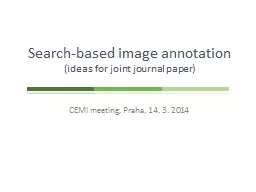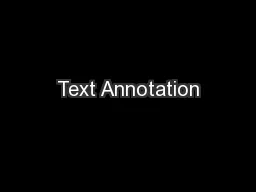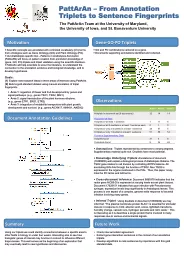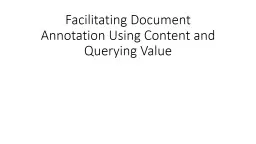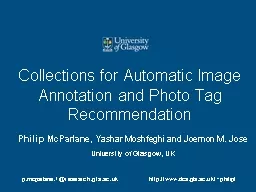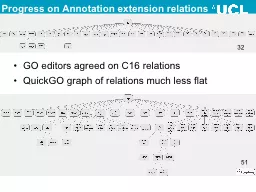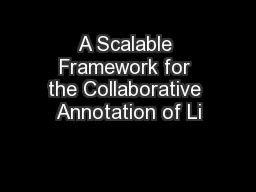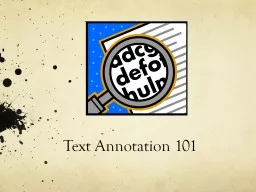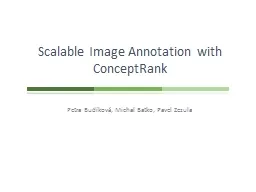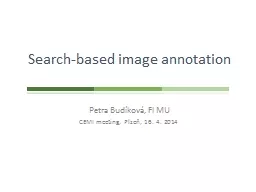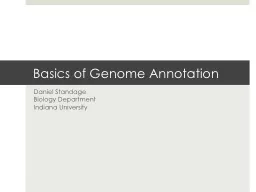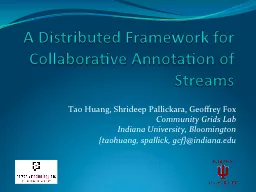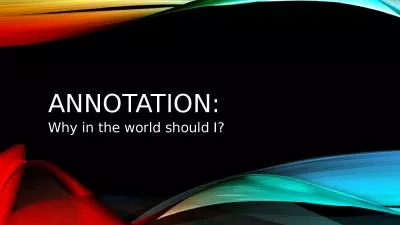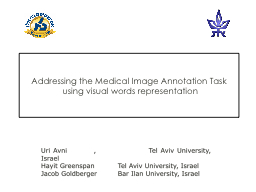PPT-Search-based image annotation
Author : discoverfe | Published Date : 2020-06-29
ideas for joint journal paper CEMI meeting Praha 14 3 2014 Outline Introduction Why annotations Stateoftheart in multimedia annotation Searchbased image annotation
Presentation Embed Code
Download Presentation
Download Presentation The PPT/PDF document "Search-based image annotation" is the property of its rightful owner. Permission is granted to download and print the materials on this website for personal, non-commercial use only, and to display it on your personal computer provided you do not modify the materials and that you retain all copyright notices contained in the materials. By downloading content from our website, you accept the terms of this agreement.
Search-based image annotation: Transcript
Download Rules Of Document
"Search-based image annotation"The content belongs to its owner. You may download and print it for personal use, without modification, and keep all copyright notices. By downloading, you agree to these terms.
Related Documents

